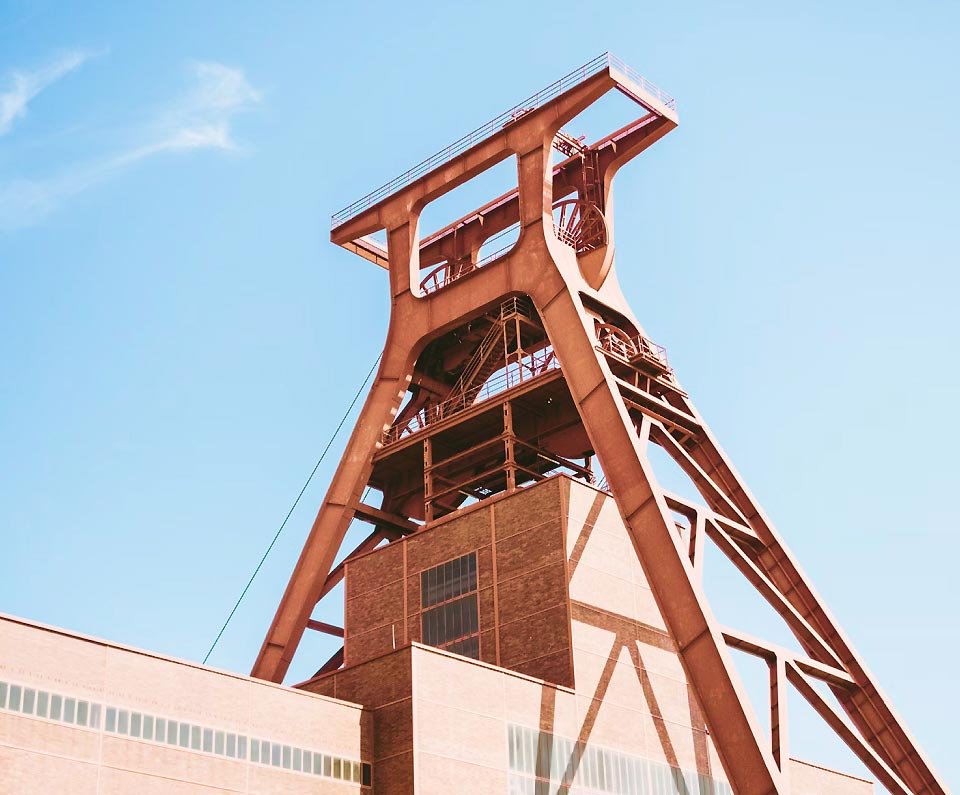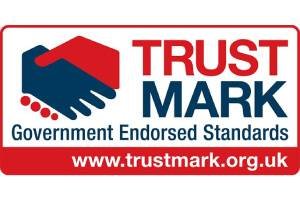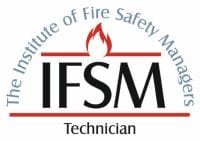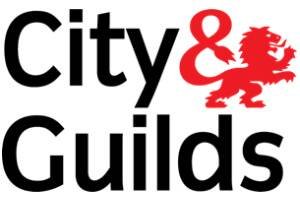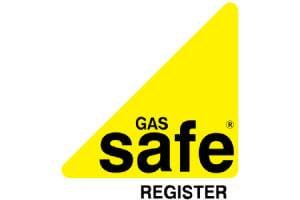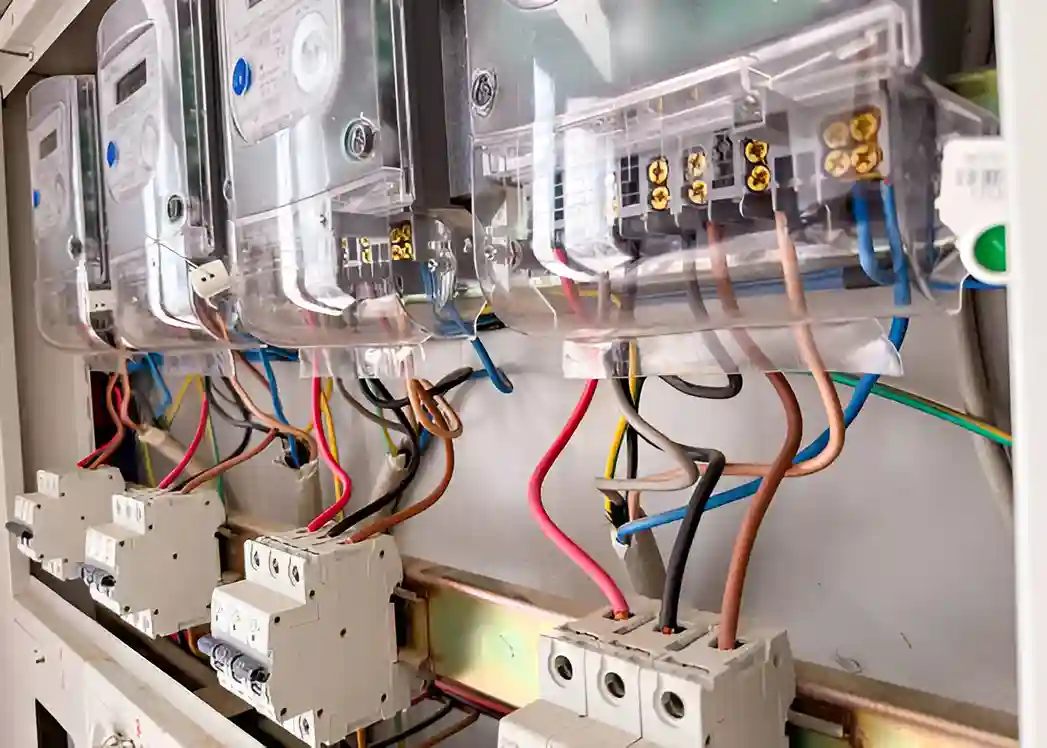
In 2025, the cost of obtaining an EICR certificate in the UK exhibits notable variations influenced by location and property type. Small flats generally fall within a price range of £100 to £250, while urban centres, especially London, command higher fees. Regional differences further complicate the landscape, with areas like Scotland presenting more affordable options. Understanding these factors is essential for property owners as they navigate the complexities of electrical safety assessments. What other elements might impact these costs?
Key Takeaways
- EICR certificate costs in 2025 for small flats typically range from £100 to £250, depending on location and service provider.
- Urban areas, particularly London, see higher costs, ranging from £200 to £300 for EICR inspections.
- The Midlands averages between £120 to £200, while Scotland offers lower costs, averaging £90 to £160.
- Factors like property age and the number of circuits significantly influence inspection complexity and overall costs.
- For landlords, EICR costs range from £150 to £300 per property, with possible discounts for multiple assessments.
What Is the Typical EICR Certificate Cost for a Small Flat?
The typical cost of obtaining an EICR certificate for a small flat in 2025 generally ranges between £100 and £250. This price variation can be attributed to several factors, including the geographical location and the specific electrician or service provider chosen.
In urban areas, where demand may be higher, costs might lean towards the upper end of this spectrum. Conversely, smaller towns may offer more competitive pricing.
Additionally, the size and condition of the property play a role in determining the final cost. A flat in excellent condition may require less time for inspection, potentially lowering the fee.
Homeowners need to understand that while the initial expense may seem significant, the EICR certificate is crucial for ensuring electrical safety and compliance with regulations. Investing in this certificate can prevent costly repairs and hazards in the long run, providing peace of mind to residents.
How EICR Certificate Costs Differ Between Residential and Commercial Properties
While both residential and commercial properties require EICR certificates to guarantee electrical safety, their costs can vary considerably due to several factors.
Residential properties typically feature simpler electrical systems, leading to lower inspection and certification costs. In contrast, commercial properties often have more complex wiring, greater electrical load, and additional safety requirements, resulting in higher fees for EICR services.
Moreover, the size and layout of the property can influence pricing. Larger commercial spaces may necessitate longer inspection times and more thorough assessments, contributing to increased costs.
The type of business operating within the commercial property can also affect pricing; for instance, establishments such as factories or warehouses may require specialised expertise.
Finally, the frequency of required inspections can differ, as commercial properties often need more regular checks to comply with safety regulations, further impacting the overall cost of obtaining an EICR certificate.
Regional Variations in EICR Certificate Cost Across the UK
Regional variations in EICR certificate costs across the UK can greatly impact property owners seeking compliance with electrical safety regulations. Prices for obtaining an Electrical Installation Condition Report (EICR) can fluctuate considerably depending on geographic location.
In urban areas, such as metropolitan cities, the demand for certified electricians tends to drive costs higher. Conversely, rural regions often experience lower prices due to reduced competition and operating costs for service providers.
Additionally, regional economic factors, such as average income levels and local regulations, can also influence pricing structures. For instance, areas with stringent safety standards may see elevated costs as electricians navigate more complex requirements.
Understanding these regional differences is essential for property owners budgeting for EICR assessments, as it allows for informed decision-making regarding compliance and safety investments.
Comparing EICR Certificate Costs in London vs. the Rest of the UK
When comparing EICR certificate costs in London to those in the rest of the UK, significant disparities emerge that reflect the capital’s unique market dynamics. London typically commands higher prices due to increased demand, higher operational costs, and a more competitive market landscape. In contrast, regions outside of London often offer more affordable rates, influenced by lower living costs and less demand.
| Location | Average Cost (£) |
|---|---|
| London | 200 – 300 |
| South East | 150 – 250 |
| Midlands | 120 – 200 |
| North West | 100 – 180 |
| Scotland | 90 – 160 |
The table illustrates the stark contrast in pricing, demonstrating how geographical factors play a vital role in determining the cost of EICR certificates across the UK. Understanding these variations can help property owners make informed decisions regarding electrical safety inspections.
What’s Included in the Price of an EICR Certificate Inspection?
An EICR (Electrical Installation Condition Report) certificate inspection encompasses various essential components that guarantee the electrical safety of a property.
This extensive assessment guarantees that all electrical installations are in good condition and compliant with current safety standards.
The price of an EICR London inspection typically includes:
- Visual Inspection: A thorough examination of the electrical systems, including wiring and connections.
- Testing: Functional testing of circuits and devices to guarantee they operate safely and efficiently.
- Reporting: A detailed report outlining the findings, including any defects and recommendations for remedial action.
- Certification: Issuance of the EICR certificate, confirming the property’s compliance with electrical safety regulations.
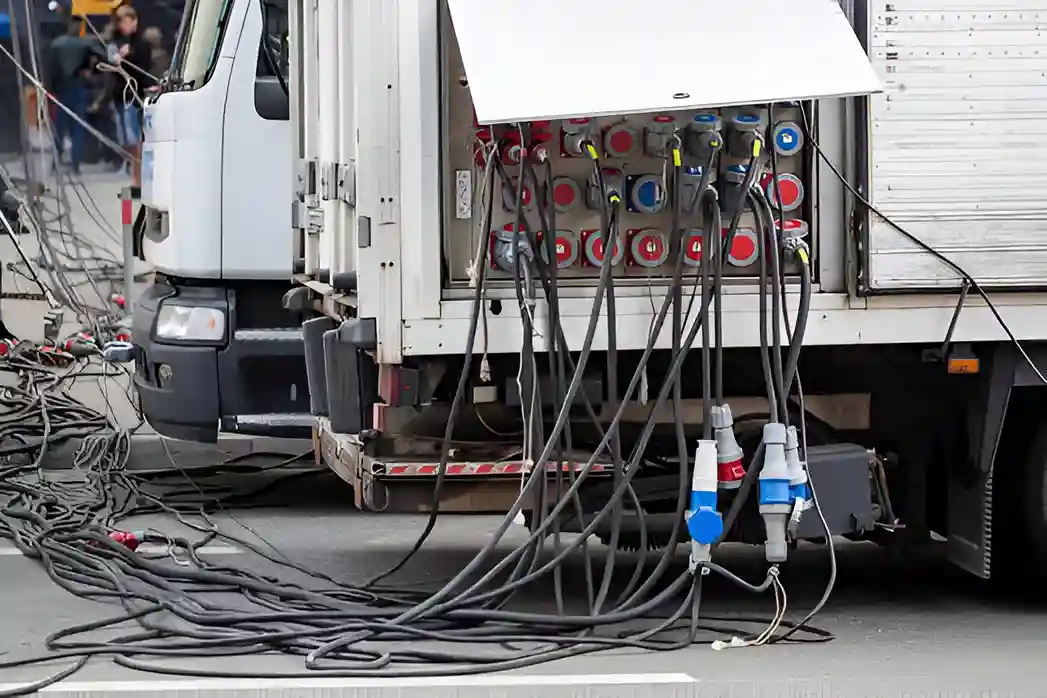
The Impact of Property Age on EICR Certificate Cost
The age of a property considerably influences the cost of an EICR certificate, as older buildings often require more extensive inspections and repairs.
Properties built several decades ago may not conform to current electrical safety standards, necessitating thorough evaluations of outdated wiring, circuit configurations, and potentially hazardous installations. Inspectors may need to spend additional time evaluating these factors, which can lead to higher costs.
Moreover, older properties might also have hidden defects that are not immediately apparent, requiring a more detailed inspection process. The cost of any necessary repairs, such as replacing wiring or upgrading electrical panels, can further add to the overall expense of obtaining an EICR certificate.
In contrast, newer properties typically feature modern electrical systems that align more closely with current regulations, resulting in a quicker and less expensive inspection process.
Therefore, property age is a significant determinant of EICR certificate costs in the UK.
EICR Certificate Cost for New Builds vs. Older Properties
EICR certificate costs vary considerably between new builds and older properties, reflecting the differing complexities in their electrical systems. New builds typically adhere to modern regulations, often resulting in simpler electrical layouts that are easier to assess.
In contrast, older properties may have outdated wiring and multiple modifications, which can complicate inspections and increase costs.
Key factors influencing the price difference include:
- Compliance Standards: New builds follow the latest regulations, streamlining the inspection process.
- Wiring Condition: Older properties may exhibit wear and tear, necessitating more thorough evaluations.
- System Complexity: More circuits and outdated technologies in older homes can lead to higher inspection costs.
- Potential Upgrades: Older properties may require additional work to meet current safety standards, adding to the overall expense.
Understanding these differences can help property owners budget for their EICR certification effectively.
How the Number of Circuits Affects Your EICR Certificate Price
While evaluating the cost of an EICR certificate, the number of circuits within a property plays a significant role. Each circuit represents a distinct pathway for electrical flow, and more circuits indicate a more complex electrical system.
Consequently, the greater the number of circuits, the more extensive the inspection and testing required, leading to higher costs. Inspectors must check each circuit for compliance with safety standards, which includes evaluating wiring integrity, circuit breakers, and connections.
Properties with numerous circuits, such as larger homes or commercial buildings, may incur additional labour and time expenses during the assessment.
Ultimately, homeowners and property managers should anticipate that an increase in circuit quantity will correlate with a rise in EICR certificate pricing. Understanding this relationship can assist in budgeting for electrical safety measures and guarantee compliance with necessary regulations.
Why EICR Certificate Costs May Be Higher for HMOs
For Houses in Multiple Occupation (HMOs), the costs associated with obtaining an EICR certificate can be considerably higher due to several factors.
The complexity of electrical systems in HMOs, which typically accommodate multiple tenants, often results in increased inspection time and thorough testing requirements.
- Larger properties: HMOs usually have more electrical circuits and installations, necessitating extensive evaluations.
- Increased safety concerns: Higher occupancy increases the risks associated with faulty wiring, prompting thorough assessments.
- Regulatory compliance: HMOs must adhere to stricter regulations, which can lead to additional administrative costs.
- Potential for remedial work: The likelihood of identifying issues that require resolution may also contribute to higher costs.
These factors collectively contribute to increased expenses for landlords seeking EICR certification, ensuring that their properties meet safety standards and provide secure living environments for tenants.
Understanding the Difference Between EICR Certificate Cost and Remedial Work Fees
Understanding the financial implications of obtaining an EICR certificate involves recognising the distinction between the certificate itself and any necessary remedial work fees. The EICR (Electrical Installation Condition Report) certificate is a formal document confirming that an electrical installation is safe for continued use. This certificate typically incurs a fixed cost, which varies depending on factors such as property size and location.
In contrast, remedial work fees arise when the inspection identifies issues that require immediate attention to meet safety standards. These fees can vary greatly based on the nature and extent of the required repairs, ranging from simple fixes to more complex electrical upgrades.
Property owners should budget for both the certification cost and potential remedial work fees to guarantee compliance with safety regulations. Understanding these distinctions guarantees that individuals are better prepared for the financial responsibilities associated with maintaining safe electrical installations.
Are Cheap EICR Certificate Costs Worth the Risk?
How much can property owners compromise on safety when opting for cheap EICR certificate costs? While affordability is appealing, the implications of cutting corners on electrical safety can be severe. A low-cost EICR certificate may not provide a thorough inspection, potentially leading to undetected hazards.
Consider the following risks associated with cheap EICR certificates:
- Inadequate inspection: Lower prices may lead to rushed evaluations, missing significant issues.
- Increased liability: Property owners may face legal repercussions if safety standards are not met.
- Future repair costs: Undetected problems can escalate, resulting in higher expenses down the line.
- Insurance complications: Insurers may reject claims if the EICR did not meet regulatory standards.
Ultimately, the pursuit of a bargain on EICR certificates could jeopardise safety, making it essential for owners to weigh potential risks against savings.
Prioritising quality and thoroughness is vital for peace of mind.
Typical EICR Certificate Cost for Landlords Managing Multiple Properties
Landlords managing multiple properties often face varied costs when obtaining EICR certificates. The price can fluctuate based on location, the number of properties, and the complexity of the electrical installations. Typically, landlords might expect to pay between £150 and £300 per property for an EICR certificate.
However, bulk discounts may be available when multiple properties are assessed simultaneously, potentially reducing the overall expenditure.
Furthermore, landlords should consider factors such as the age and condition of the electrical systems, which can influence the time required for inspections and subsequent costs.
Additionally, landlords need to guarantee that they engage qualified electricians, as this will ensure compliance with safety regulations.
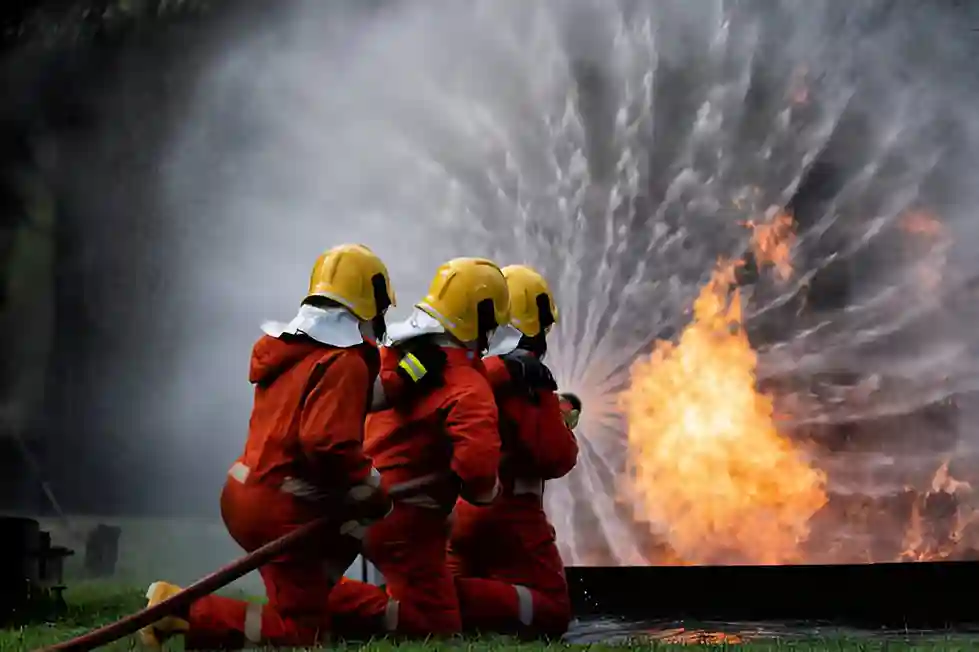
Commercial EICR Certificate Cost for Offices, Shops, and Warehouses
The cost of obtaining a commercial EICR certificate for offices, shops, and warehouses can vary considerably, typically ranging from £200 to £600 depending on several factors.
These variations can be attributed to the size of the premises, the complexity of the electrical systems, and the level of detail required in the inspection.
Key factors influencing the cost include:
- Size of the property: Larger spaces generally require more time for inspection.
- Type of business: Different industries may have unique electrical requirements.
- Condition of existing installations: Older systems may necessitate more extensive evaluations.
- Geographic location: Prices can fluctuate based on regional demand for inspection services.
Understanding these elements can help business owners budget appropriately for their EICR certificates, ensuring compliance and safety in their commercial environments.
The Relationship Between EICR Certificate Cost and Inspection Frequency
While the cost of obtaining an EICR certificate is influenced by various factors, the frequency of inspections plays an important role in determining overall expenses.
Typically, residential properties require inspections every five years, while commercial properties may need them every three years or sooner, depending on usage.
This variance in frequency directly impacts budgeting for electrical safety compliance. More frequent inspections lead to increased costs due to repeated assessments and associated administrative fees.
Additionally, properties with a history of electrical issues may necessitate more regular checks, further elevating expenses.
Landlords and property owners should consider these factors when planning their finances. Investing in more frequent inspections may seem costly initially, but it can prevent significant repairs and guarantee safety in the long run.
Understanding this relationship is crucial for effective financial planning and maintaining compliance with electrical safety regulations.
Frequently asked questions.
Conclusion
In summary, understanding the variety of EICR certificate costs across the UK is vital for property owners, whether managing residential flats or commercial spaces. Prices fluctuate based on location, property type, and inspection complexity, highlighting the importance of budgeting for these assessments. While cheaper options may seem appealing, it’s important to weigh the risks associated with subpar inspections. Ultimately, investing in a thorough EICR inspection guarantees safety and compliance, safeguarding both properties and their occupants.

